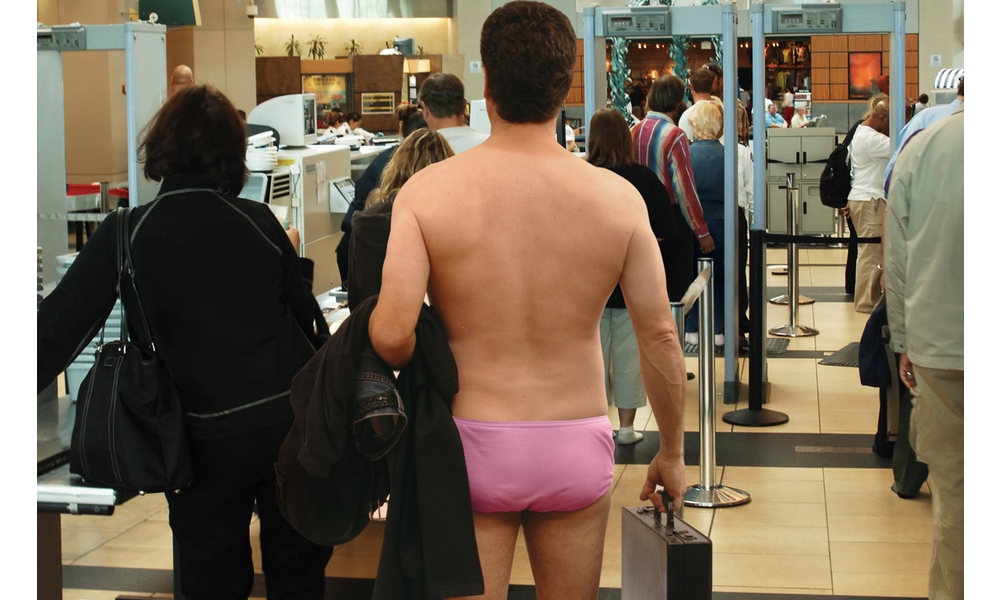We learn more about COVID-19 every day. Now researchers have evidence that travel restrictions and self-quarantining do actually slow the spread of the virus considerably. In other words, staying at home does help, especially early on, as the pandemic spreads.
China has reported substantial drops in new COVID-19 cases. The growth rate of new cases has actually become negative — at least according to reports. There are still new cases emerging, but considerably fewer per day than there were previously.
Among the many steps that have been taken to slow the spread of the virus are travel restrictions. Researchers from a global consortium of universities, including Oxford and Northeastern, have now been able to estimate just how effective these restrictions have been.Provinces outside Hubei that acted early to test, track and contain imported COVID-19 cases have so far fared the best at preventing or containing local outbreaks.
Allowing eight days for any potential effects of these travel bans to begin to show up (the estimated average incubation period), researchers compared reported infections outside of Hubei province in the period before January 31 to the one directly after. Before the 31st, they found 515 cases in people who were known to have travelled to or from Wuhan. In the period after January 31, they found only 39 new cases with a known travel history to Wuhan.
This strongly suggests that fewer people were spreading the virus from Wuhan to other parts of China, even allowing that details of travel history exist for only a fraction of confirmed cases.
“Our findings show that early in the coronavirus outbreak travel restrictions were effective in preventing the import of infections from a known source,” said Moritz Kraemer, lead author of the study. Kraemer, from the Oxford Martin Programme on Pandemic Genomics and the Department of Zoology at the University of Oxford, went on to say, “However, once COVID-19 cases begin spreading locally the contribution of new importations was much smaller. This is where a full package of measures including local mobility restrictions, testing, tracing and isolation need to work together to mitigate the epidemic.”
These travel restrictions would likely have been much more effective if they came earlier. But they do appear to have been effective. Provinces outside Hubei that acted early to test, track and contain imported COVID-19 cases have so far fared the best at preventing or containing local outbreaks.
For additional details, see the article in Science.





